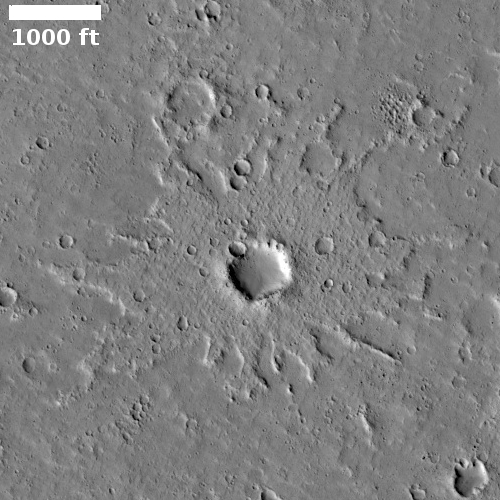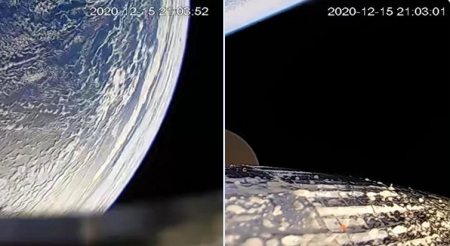Russia recovers boosters dropped on Russia
The new colonial movement: Dmitri Rogozin, head of Russia’s Roscosmos space agency, announced this past weekend the recovery of the first stage and boosters from a December 18th Vostochny launch that, because of the polar orbit of the satellite, were dropped on Russian territory.
On Friday, a Soyuz 2.1b rocket launched from the Vostochny Cosmodrome, carrying its payload of 36 OneWeb satellites into space. Although Russia’s newest spaceport is located in the far eastern part of the country, it still lies several hundred kilometers from the Pacific Ocean.
This means that as Soyuz rockets climb into space from this location, they drop their stages onto the sparsely populated Yakutia region below. With the Soyuz rocket, there are four boosters that serve as the rocket’s “first stage,” and these drop away about two minutes after liftoff. Then, the “Blok A” second stage drops away later in the flight.
Although the Yakutia region is geographically rugged and sparsely populated, the Russian government does a reasonably good job of establishing drop zones for these stages and keeping them away from residential areas. This is what happened, as usual, with Friday’s launch. [emphasis mine]
The focus of the article at the link is the silly jabs at SpaceX that Rogozin included in his announcement. The real story, however, is that the Russian government, in deciding to build a new spaceport in Vostochny, made the conscious decision to place it where it would have to dump rockets on its own territory. They could have instead built this new spaceport on the Pacific coast, and avoided inland drop zones, but did not for reasons that escape me.
Tells us a lot about that government and what it thinks of its own people. But then, governments rarely care much about ordinary people, as those who revel in the power of government are generally more interested in that power than in doing what makes sense or is right.
The new colonial movement: Dmitri Rogozin, head of Russia’s Roscosmos space agency, announced this past weekend the recovery of the first stage and boosters from a December 18th Vostochny launch that, because of the polar orbit of the satellite, were dropped on Russian territory.
On Friday, a Soyuz 2.1b rocket launched from the Vostochny Cosmodrome, carrying its payload of 36 OneWeb satellites into space. Although Russia’s newest spaceport is located in the far eastern part of the country, it still lies several hundred kilometers from the Pacific Ocean.
This means that as Soyuz rockets climb into space from this location, they drop their stages onto the sparsely populated Yakutia region below. With the Soyuz rocket, there are four boosters that serve as the rocket’s “first stage,” and these drop away about two minutes after liftoff. Then, the “Blok A” second stage drops away later in the flight.
Although the Yakutia region is geographically rugged and sparsely populated, the Russian government does a reasonably good job of establishing drop zones for these stages and keeping them away from residential areas. This is what happened, as usual, with Friday’s launch. [emphasis mine]
The focus of the article at the link is the silly jabs at SpaceX that Rogozin included in his announcement. The real story, however, is that the Russian government, in deciding to build a new spaceport in Vostochny, made the conscious decision to place it where it would have to dump rockets on its own territory. They could have instead built this new spaceport on the Pacific coast, and avoided inland drop zones, but did not for reasons that escape me.
Tells us a lot about that government and what it thinks of its own people. But then, governments rarely care much about ordinary people, as those who revel in the power of government are generally more interested in that power than in doing what makes sense or is right.






